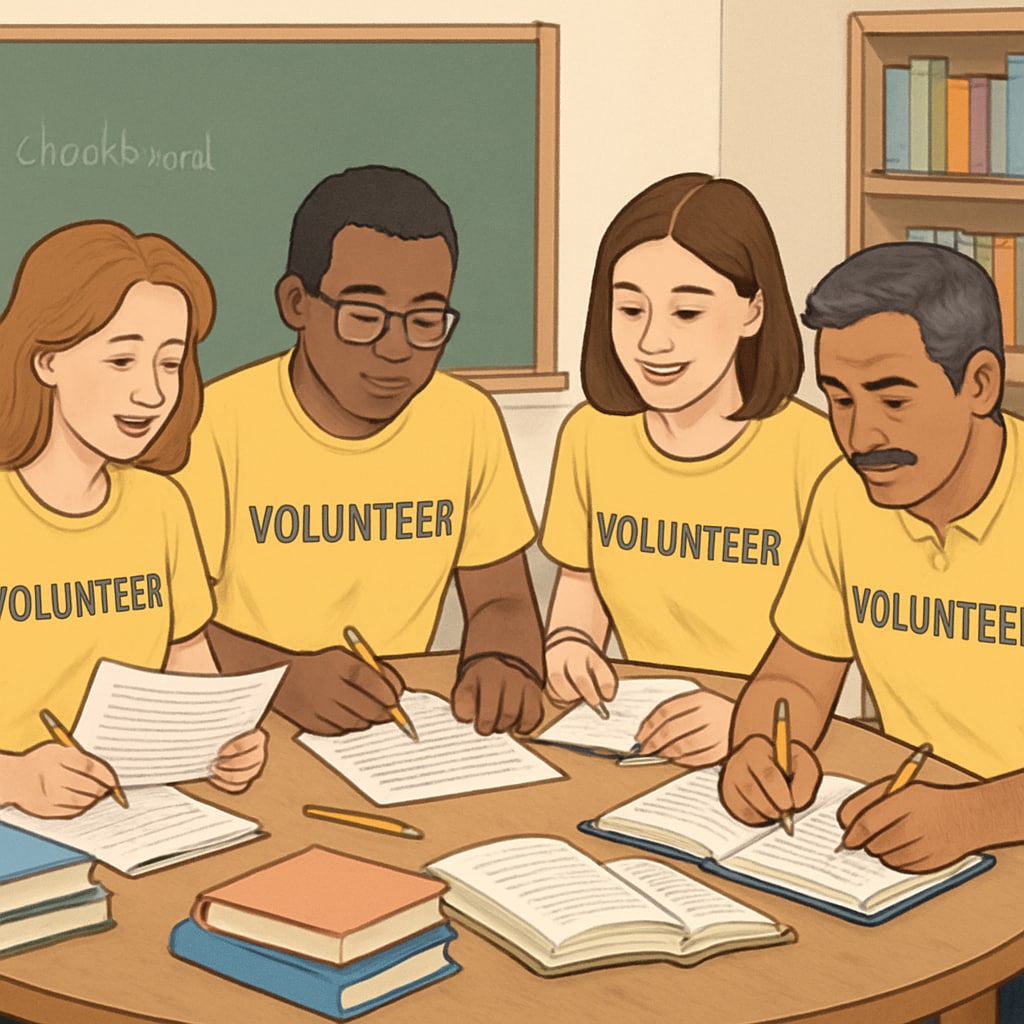Reading comprehension is a cornerstone of education, and the complexity of texts plays a pivotal role in determining students’ success. Elementary and middle school educators are uniquely positioned to contribute to research into text complexity, given their firsthand experience with students’ reading challenges and achievements. By volunteering just 30 minutes of their time, teachers can profoundly impact the development of effective and scientific reading instruction standards for K-12 education.
Why Teacher Involvement Matters in Text Complexity Research
Teachers interact with students daily, providing them with unparalleled insights into the obstacles and opportunities learners face when engaging with different types of texts. Their involvement in text complexity research can bridge the gap between theoretical studies and practical classroom applications. For example, teachers can identify whether certain text features hinder comprehension or enhance it based on their students’ responses.
Moreover, educators can contribute to refining text evaluation criteria, ensuring that reading materials are appropriately challenging for different age groups. This collaboration between researchers and teachers creates reading standards that are both scientifically valid and practically useful.

The Role of Teacher Volunteers in Shaping Future Reading Instruction
Participating in text complexity research takes minimal time but has far-reaching consequences. In just 30 minutes, teacher volunteers can help researchers gather valuable data on how students interact with texts of varying difficulty levels. This data can be used to develop targeted strategies, such as reading scaffolds, annotation tools, or adjusted vocabulary lists, tailored to students’ developmental needs.
Teachers, acting as key contributors, ensure that future reading standards reflect the realities of classroom settings. As a result, such efforts empower educators with tools and methods to better address students’ diverse reading needs.

How Teachers Can Participate in Text Complexity Research
Getting involved in text complexity research is straightforward. Educators can volunteer their time through surveys, focus groups, or text analysis exercises organized by research institutions or educational organizations. Additionally, participation can often be done remotely, requiring only a computer and internet access, making it convenient for busy teachers.
Here is a summary of steps educators can follow:
- Identify research initiatives from reputable organizations or universities.
- Sign up for participation through online portals or email invitations.
- Complete assigned tasks, such as evaluating sample texts or providing insights on student comprehension.
- Submit feedback and results to researchers.
By contributing to these efforts, teachers help advance the field of reading comprehension and ensure that future generations of students benefit from optimized educational practices.
The Broader Impact of Teacher Participation
Beyond shaping classroom instruction, teacher involvement in text complexity research fosters a greater sense of community within the education field. It highlights the importance of collaboration between educators and academic researchers while emphasizing the shared goal of improving learning outcomes for students.
Furthermore, participating teachers often gain new perspectives on reading strategies and text evaluation, which they can apply in their own classrooms. This mutually beneficial process strengthens both individual educators and the broader educational system.
In conclusion, text complexity research offers a unique opportunity for teachers to contribute their expertise to the development of more effective reading comprehension standards. By dedicating just 30 minutes, educators can make a lasting impact on how students engage with reading materials, ensuring that teaching methods evolve to meet the demands of the modern classroom.
Readability guidance: This article uses concise paragraphs and lists to summarize key points. Active voice and transitional phrases are prioritized to enhance flow and readability.


